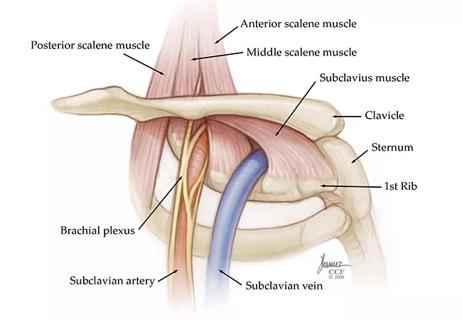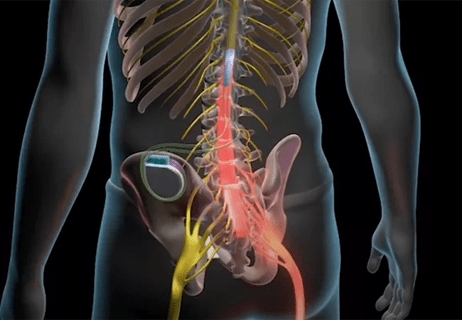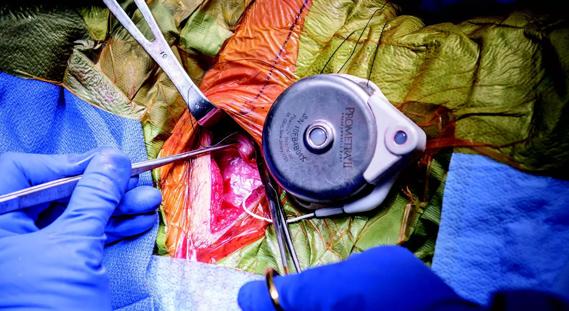Study is looking at high-frequency SCS

High-frequency spinal cord stimulation may offer new hope for people suffering from painful peripheral diabetic neuropathy.
Advertisement
Cleveland Clinic is a non-profit academic medical center. Advertising on our site helps support our mission. We do not endorse non-Cleveland Clinic products or services. Policy
The Senza 10kHz Spinal Cord Stimulation (Nevro Corporation) was approved by the U.S. Food and Drug Administration in 2015 for the treatment of chronic intractable pain of the back and lower extremities. Now, Cleveland Clinic is participating in a pivotal randomized clinical trial to see whether the device can alleviate severe pain associated with diabetic peripheral neuropathy, an often-debilitating condition that affects up to 40 percent of the 30 million Americans with diabetes.
“Peripheral diabetic neuropathy results in significant disability, diminished quality of life, and increased health care costs. The efficacy of current medical management is very limited,” says Cleveland Clinic pain management specialist Jijun Xu, MD, PhD.
Indeed, among the drugs currently approved by the FDA to treat painful diabetic neuropathy, duloxetine (Cymbalta®, Eli Lilly) can cause nausea, insomnia, and headache, while pregabalin (Lyrica®, Pfizer) is associated with drowsiness and confusion and tapentadol (Nucynta®, Depomed) with nausea and dizziness.
“We’ve been looking for a therapy that is effective and doesn’t cause a lot of side effects,” Dr. Xu says.
High-frequency (10kHz) therapy involves application of short-duration (30 μs), low amplitude (1-5 mA) pulses to the spinal epidural space. Unlike traditional lower-frequency spinal cord stimulation devices, the high-frequency version does not produce paresthesias and therefore has proven more tolerable for patients when used as treatment for back and leg pain.
Advertisement
The new prospective, open-label randomized trial will compare the “HF10” therapy plus medical management to medical management alone in 360 patients with chronic, intractable, neuropathic limb pain due to diabetic neuropathy. Safety, clinical effectiveness, cost-effectiveness, and health-related quality of life will be assessed over 24 months.
Cleveland Clinic aims to enroll 40 of the study subjects, who will be managed by a multidisciplinary team including endocrinologists, neurologists, and pain specialists.
After 6 months, patients from either group will have the opportunity to switch treatment arms if they achieve less than 50 percent pain reduction as measured by visual analog scales, or if complications arise from the device. “The rate of crossover will demonstrate treatment efficacy as well,” Dr. Xu notes.
He hopes the study will lead to a paradigm shift in treating this challenging patient population. “I think this should be an interesting study and we should be able to find out whether this is really effective for patients suffering from painful peripheral diabetic neuropathy. If so, then I think high-frequency spinal cord stimulation should be considered as part of the treatment algorithm early in the course of the condition because it could improve patients’ quality of life and function.”
Results are expected in 2020.
To refer patients for the study, go to clevelandclinic.org/paintrials.
Advertisement
Advertisement

Researchers seek solutions to siloed care, missed diagnoses and limited access to trauma-informed therapies

Study participants also reported better sleep quality and reduced use of pain medications

Two-hour training helps patients expand skills that return a sense of control

Program enhances cooperation between traditional and non-pharmacologic care

National Institutes of Health grant supports Cleveland Clinic study of first mechanism-guided therapy for CRPS

Pain specialists can play a role in identifying surgical candidates

Individual needs should be matched to technological features

New technologies and tools offer hope for fuller understanding